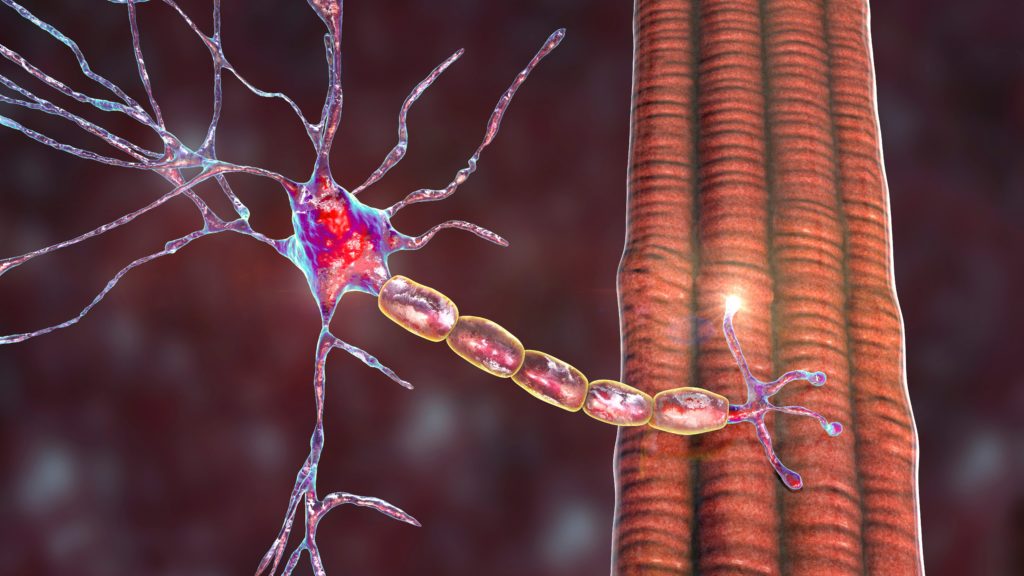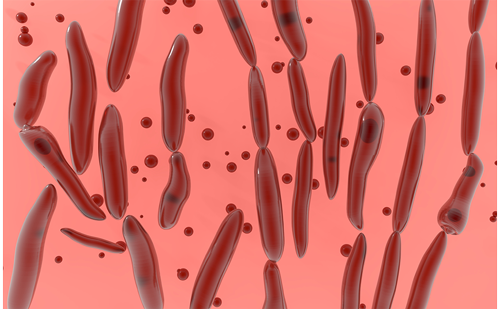Multifocal motor neuropathy (MMN) presents clinically as a disorder of lower motor neurones with asymmetrical distribution and predominance in distal upper limbs. Electrophysiological investigation is considerably more sensitive and specific for MMN than magnetic resonance imaging of the brachial plexus.1,2 Nerve conduction studies (NCS) are therefore necessary to distinguish MMN from other disorders with a similar clinical picture, such as progressive spinal muscular atrophy, Hirayama disease, plexopathy and radiculopathy. NCS may show a combination of findings unique to MMN, comprising motor conduction block (CB), slowing of motor conduction consistent with demyelination and, in the nerves with motor abnormalities, normal sensory conduction. There may also be evidence of motor axon loss, such as decreased distally evoked compound muscle action potentials (CMAP) and marked signs of denervation and re-innervation on needle electromyography.3 It has not been resolved whether motor CB and slowing represent paranodal demyelination, segmental demyelination, or ion channel dysfunction at the node of Ranvier.
As discussed below, there is some debate concerning precise electrophysiological diagnostic criteria for MMN, but it is nevertheless possible to outline relatively simple electrophysiological techniques that can be used to diagnose MMN by neurologists who have been trained in NCS. Advanced techniques, such as the single fibre electromyography test for detection of conduction block in single axons, inching and the triple-collision technique, fall outside the scope of this paper.
Stimulation
NCS performed in the diagnosis of MMN are usually extensive and may require strong stimuli. It is therefore essential to use a carefultechnique to stimulate each site of a nerve. This reduces patient discomfort and technical errors arising from unwanted co-stimulation.
To view the full article in PDF or eBook formats, please click on the icons above.













